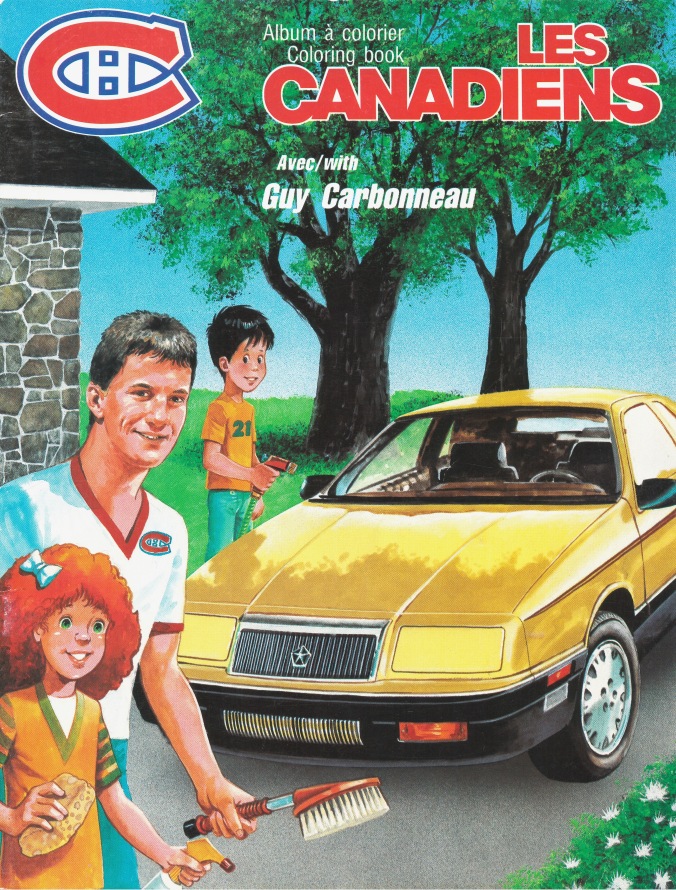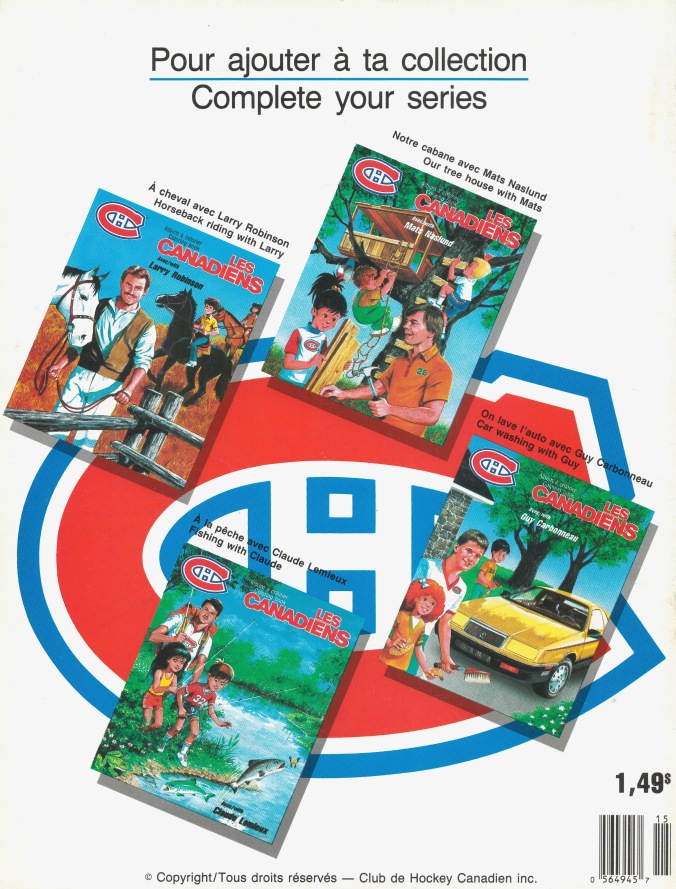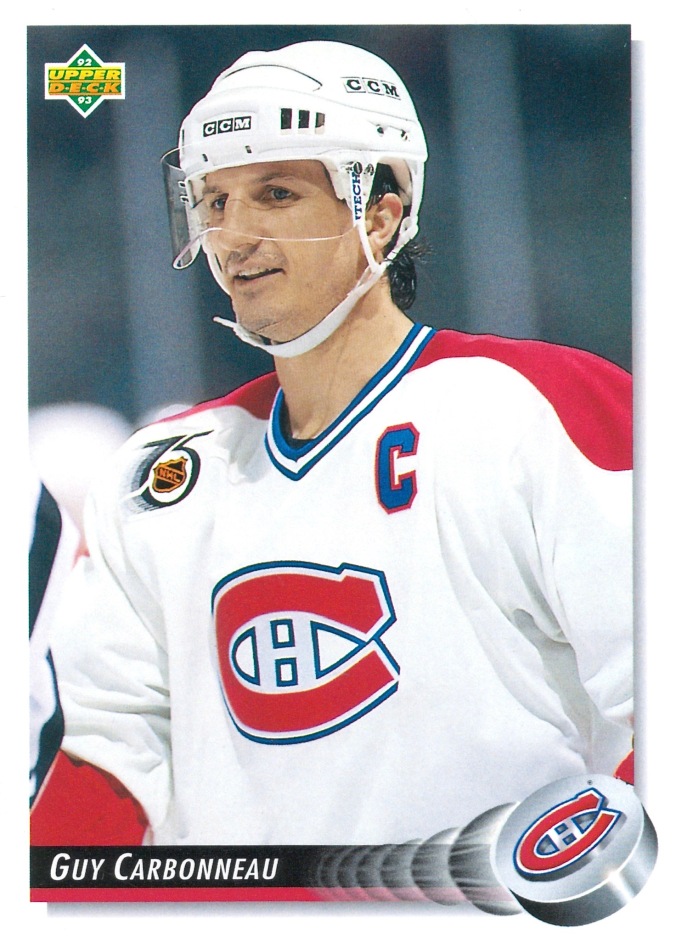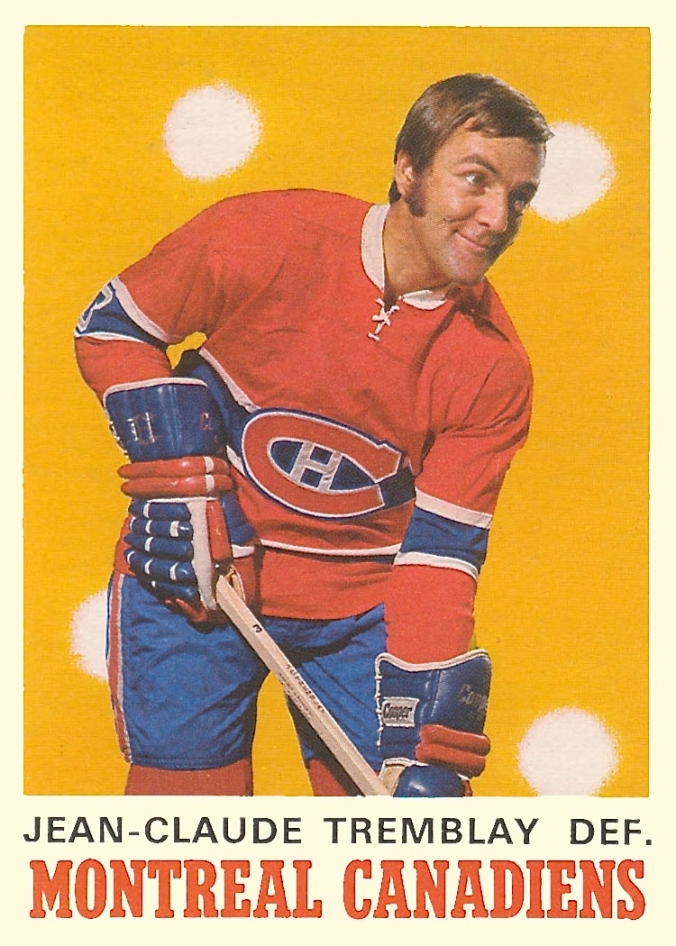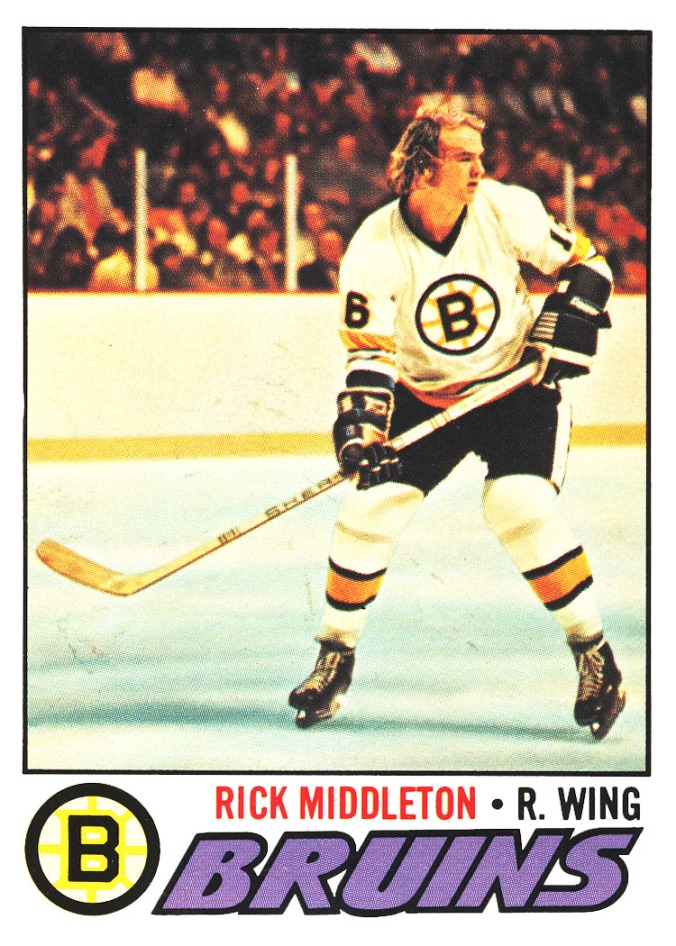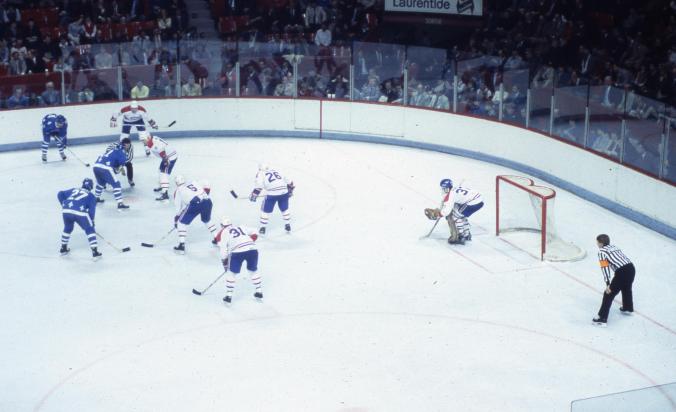
In The Land of Escalators: In March of 1984, a few years before Ken Reid found his way there, Canadiens faced-off with Quebec’s Nordiques at their famous Forum. (Image: Archives de la Ville de Montréal, VM9442Y_019H2068)
Hockey cards or chocolate bars? Growing up in Nova Scotia, Ken Reid always knew the answer to the question.
“I remember as a kid my grandfather giving me 25 cents and I’d walk down Union Street in Pictou,” Reid told Curtis Rush of The Toronto Star in 2014. “I’d go to Mr. Fraser’s corner store and the decision was always easy. I could look at candy or I’d look at a pack of cards. To me, it was always a pack of cards.”
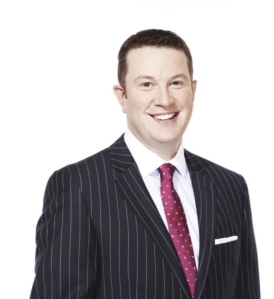
Ken Reid
Reid lives in Toronto now, where he co-anchors the weeknight prime-time edition of Sportsnet Central with Evanka Osmak. If his hockey-card collection has grown over the years — it’s an accumulation, now, of more than 40,000 — his love of sports is what it always has been: intense. In a career in media spanning 20 years, he’s covered Grey Cups and Super Bowls, Olympics, and Stanley Cup finals. His books are all hockey-minded: he followed Hockey Card Stories: True Tales from Your Favourite Players (2014) with One Night Only: Conversations with the NHL’s One-Game Wonders (2016). For his latest, published this fall, he collaborated with an eponymous prolific former Washington Capital on Dennis Maruk: The Unforgettable Story of Hockey’s Forgotten 60-Goal Man.
Today, as part of Puckstruck’s ongoing series, Ken Reid recalls his first brush with NHL hockey.
The thought of seeing real life NHLers live and in colour was always a childhood dream for me — and when I say dream I mean dream. I grew up in Pictou, Nova Scotia. Basic geography tells you that’s a long way from any NHL rink, especially for a hockey-obsessed 10-year-old.
In fact, my grade 5 teacher Mrs. MacLean, even wrote a message in my yearbook: “You’ll get to see the Canadiens at the Forum one day.”
It turns out that one day was a very long two years later. Two years is a snap of the fingers for an adult, but an eternity for a kid. After years of prodding, we finally broke my Dad down. He was going to take my brother Peter and me to the Forum to see our first NHL game. (I went to an exhibition game in Nova Scotia a year earlier, but it was in a local rink, so I considered this to be the real deal.)
Peter and I hopped on a plane for the first time. We flew to Montreal with Dad and checked in to the Queen Elizabeth Hotel.
That night, Saturday, March 14, 1987, we saw the Montreal Canadiens play the Philadelphia Flyers.
The ice was so white. And so far away. We were at the top of the Forum, way up behind one of the nets. I remember having to bend down to see the play at the other end of the ice.
But I was there. The NHL was right in front of me. I couldn’t get over how clean the Forum was. And the building had escalators. Escalators in a rink! I can’t recall who won off the top of my head — although a quick check on the web tells me the game ended in a 3-3 tie. More than just the game sticks out — things like strolling Saint Catherine’s Street with my brother and Dad quickly come to mind. My brother and I were terrified of the big city on day one. By day two, we couldn’t get enough of it. And Dad took us to eat at the famous Bar-B-Barn.
On the Sunday night we saw Team Canada ’72 and the USSR play in a 15th anniversary game at the Forum. Then Monday, we were in the expensive seats for the Habs and the New York Islanders. We didn’t have to bend down in our seats to see the action that night: it was all mere feet away.
I was 11 years old and in heaven at the Forum. Thanks, Dad.
•••
Saturday night’s Flyers game saw goaltender Ron Hextall play his best game in weeks, according to the Philadelphia papers. The Flyers were riding high atop the NHL’s Patrick Division; Canadiens were second in the Adams. Canadiens got goals from Mats Naslund, Guy Carbonneau, and Claude Lemieux. Dave Poulin, Mark Howe, and Scott Mellanby scored for Philadelphia to take the game into a fruitless overtime.
The ’72 game that Ken Reid saw on the Sunday night was the middle game in a three-game series pitting an assemblage of oldtimers most of whom had played in the epic Summit Series against a similarly staffed touring team of Russians. The latter, featuring Vladislav Tretiak, Valery Vasiliev, and Aleksandr Yakushev, had trained for three months ahead of the rematch; the Canadians, coached by Winnipeg Jets’ GM John Ferguson, were described in several newspaper reports as “mostly overweight and over 40.” Paul Henderson was there from the original squad, along with Mavoliches Pete and Frank, Dennis Hull, Serge Savard, Ron Ellis, Bobby Clarke, Brad Park, Rod Gilbert, Bill White, Red Berenson, and Yvan Cournoyer. (Ken Dryden had offered to play defence, but management had turned him down.)
The Canadians won the opening game in Hamilton by a score of 6-5, with Clarke, the 37-year-old Flyers GM, leading away with a pair of Flyer ringers as his wingers, Reggie Leach and Bill Barber. With Ken Reid watching in Montreal, a 41-year-old Jacques Lemaire took a break from his day job as Canadiens’ assistant GM to register a goal and two assists in a 6-2 Canadian win. The final game, in Ottawa, finished in a tie, 8-8. Yvan Cournoyer, 43, scored a hattrick for Canada. “After 15 years,” he said, “we realized that they are nice people, and maybe they realized that we are nice people.”
The New York Islanders were running second to the Flyers in the Patrick Division. Monday night saw Canadiens blank them 3-0 on the strength of Brian Hayward’s first shutout in four years. Gaston Gingras, Ryan Walter, and Claude Lemieux scored for Montreal.

